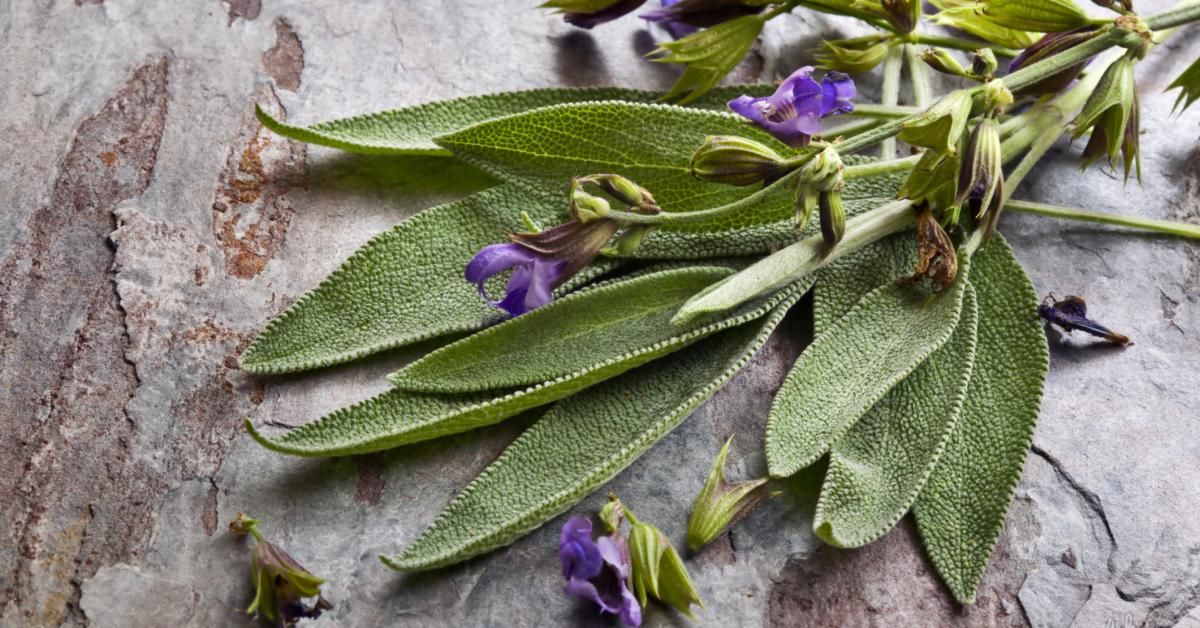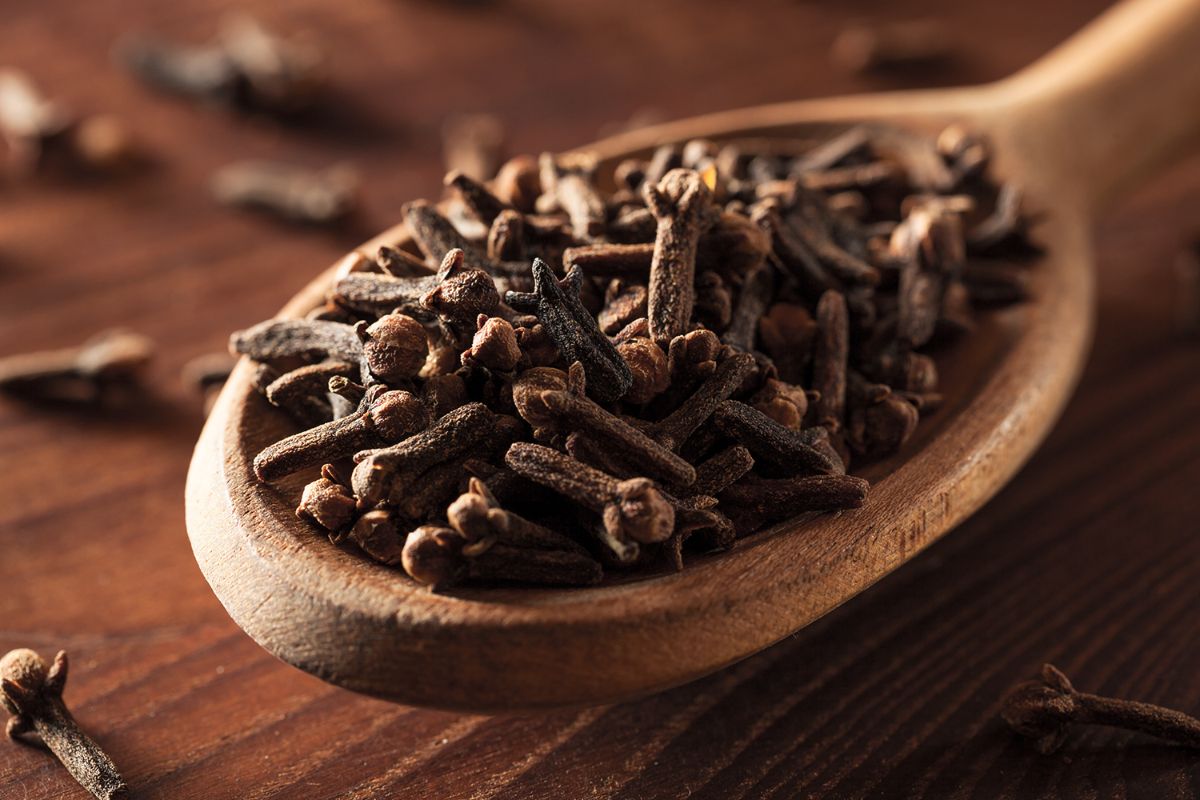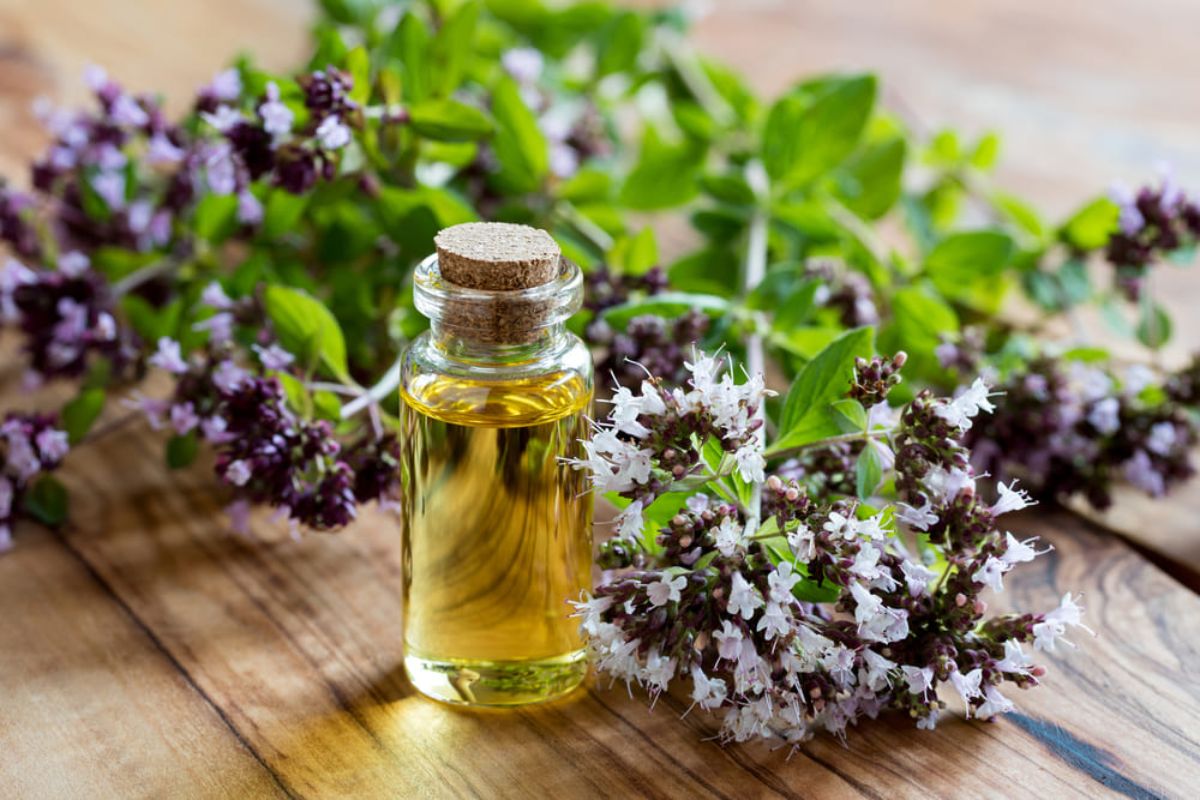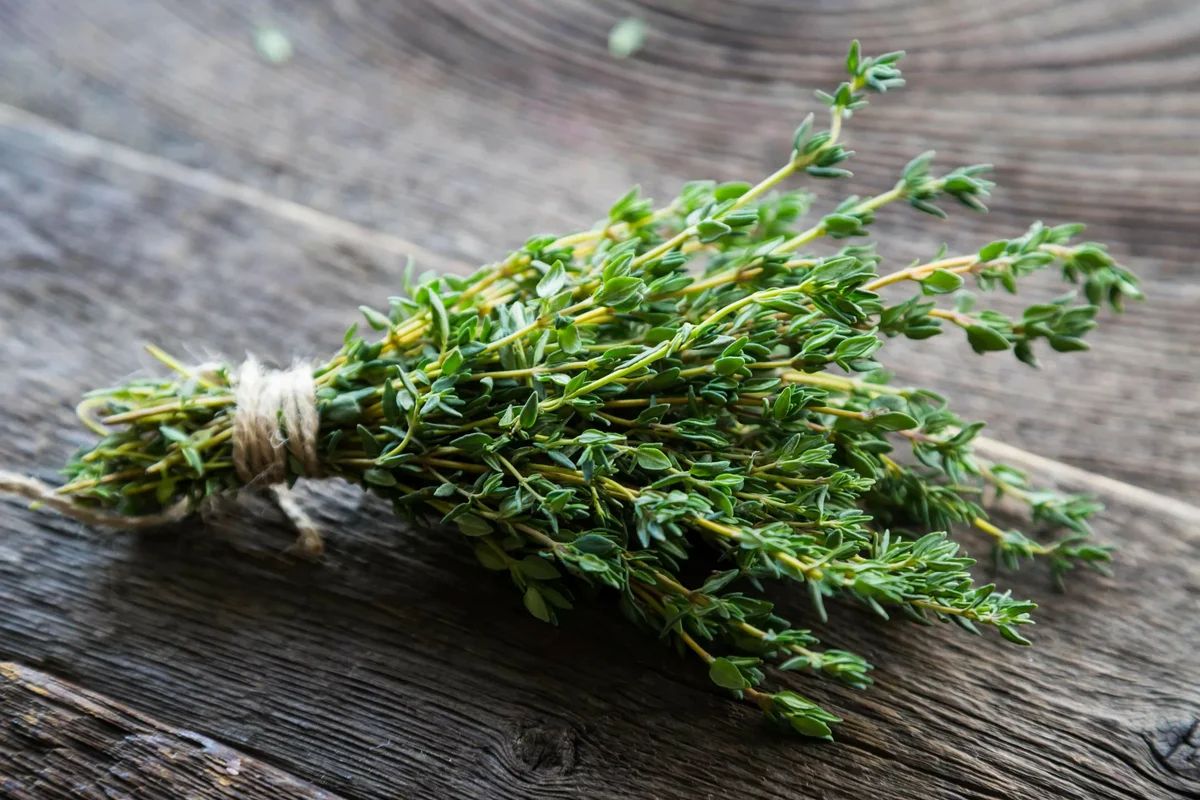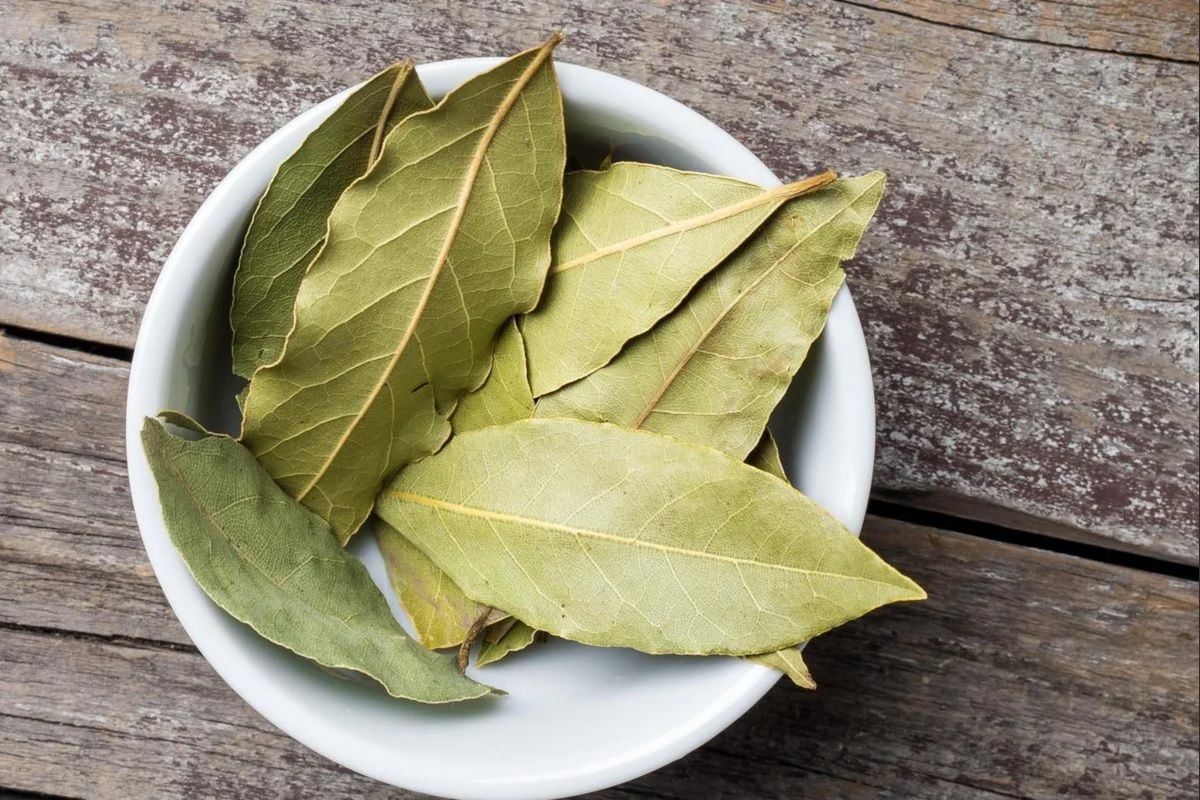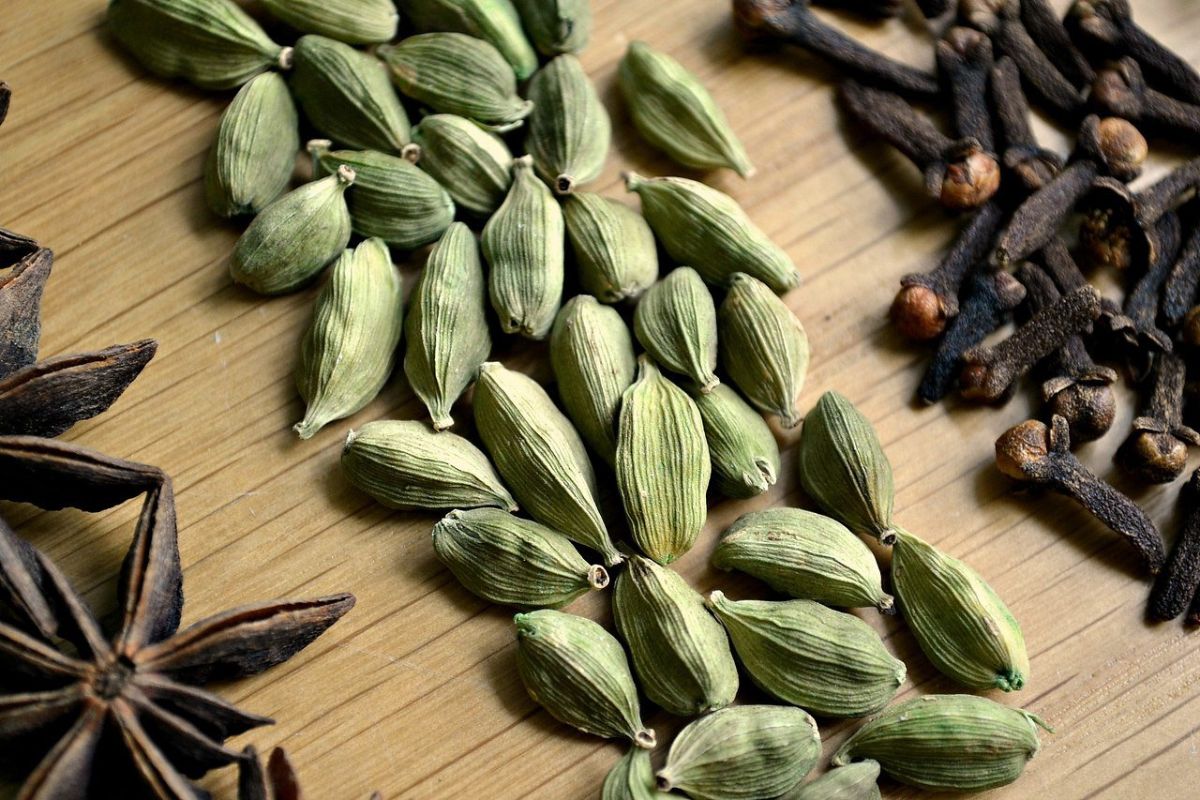7 medicinal properties of mint for health and methods of application
Mint is a biologically valuable plant that has found application in cooking and medicine.
Mint leaves are most appreciated. They are rich in antioxidants and anti-inflammatory substances.
Scientists point to the beneficial properties that mint has. It helps with disorders of the gastrointestinal tract, facilitates the course of respiratory infections, and is used to eliminate bad breath.
Top 7 useful properties
Let's focus on the 7 main theses about the benefits of mint for the human body (based on scientific sources of information).
1. Has a rich composition
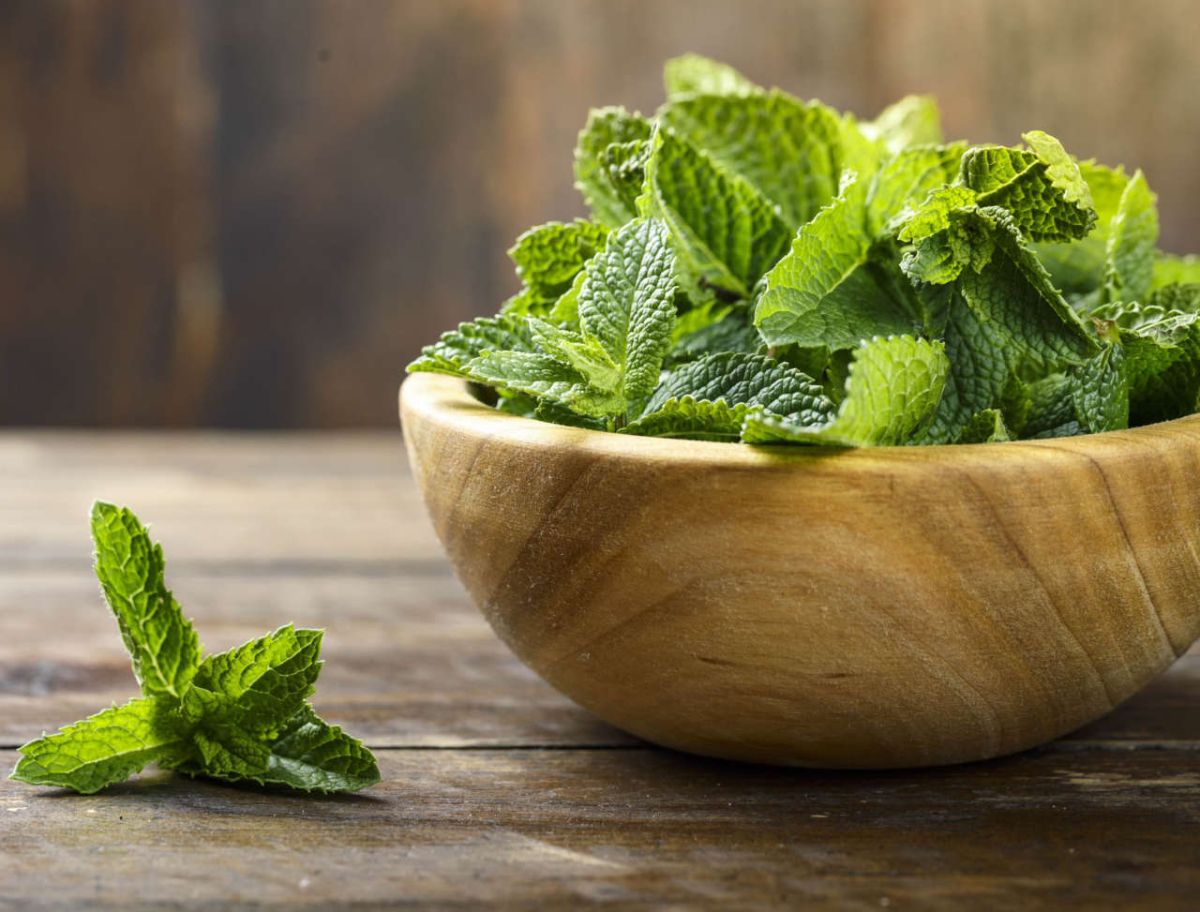
Mint contains Valuable nutrients.
| Name of the component | Approximate percentage or specific weight of the daily requirement of 1 tbsp mint | Approximate percentage or specific gravity of the daily requirement of 100 grams of the plant |
| Calories | 3 | 44 |
| Vitamin A | 4,5 % | 81 % |
| Folic Acid | 1,5 % | 26 % |
| Iron | 3,5 % | 66 % |
| Manganese | 3 % | 56 % |
Mint is a fairly rich source of vitamin A, which needed to maintain the health of the visual organs.
The plant also contains antioxidants that fight free radicals formed during oxidative stress.
2. Improves the course of irritable bowel syndrome
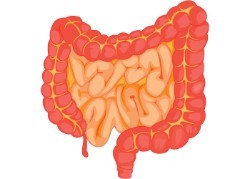 Irritable bowel syndrome (IBS) is a common functional pathological condition manifested by abdominal pain, increased gas formation, and diarrhea.
Irritable bowel syndrome (IBS) is a common functional pathological condition manifested by abdominal pain, increased gas formation, and diarrhea.
Numerous studies show that the use of peppermint can improve the course of the disease by eliminating the main symptoms.
The plant contains menthol, which causes relaxation of the smooth muscles of the intestinal wall, followed by easier movement of feces. Similar results have been confirmed in major research at the University of Western Ontario (USA). However, the subjects often had side effects in the form of heartburn.
Experts from Italy claim that mint is effective in 75% of cases with IBS. Scientists recommend using pharmaceutical capsules with mint oil, rather than fresh or dried leaves.
3. Accelerates gastric emptying
 One of the main causes of dyspeptic disorders (nausea and vomiting, abdominal pain and discomfort, heartburn) is the slow evacuation of stomach contents.
One of the main causes of dyspeptic disorders (nausea and vomiting, abdominal pain and discomfort, heartburn) is the slow evacuation of stomach contents.
According to research, spent under the supervision of Japanese researchers, taking mint oil leads to more efficient functioning of the stomach and associated sphincters, which prevents stagnation of eaten food in this organ.
How underline German experts, to enhance the therapeutic effect, it is recommended to combine mint oil and cumin .
4. Supports brain function
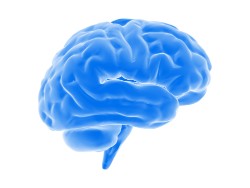 Research carried out by employees of the University of Northumbria (UK) demonstrate
that peppermint aromatherapy is significant
Improves memory
and attention.
Research carried out by employees of the University of Northumbria (UK) demonstrate
that peppermint aromatherapy is significant
Improves memory
and attention.
Also proven what is a similar method improves mood , concentration of attention, helps to overcome drowsiness and prevent depression.
The medicinal plant is recommended during a period of severe psychoemotional or mental stress for Performance improvement and cheerfulness.
5. Facilitates breastfeeding
 Cracks and erosions in the nipple area, inflammatory processes are common problems that nursing women have to face.
Cracks and erosions in the nipple area, inflammatory processes are common problems that nursing women have to face.
According to numerous studies, the topical application of essential oils or decoctions of mint can relieve pain and eliminate inflammation.
For example, Iranian scientists discovered that the use of mint water after each breastfeeding reduces the incidence of cracked nipples and areoles, as well as the risk of infectious and inflammatory complications.
Similar results shows oral use of the essential oil of the plant.
6. Eliminates the symptoms of respiratory infections
 Menthol, which is rich in mint herb, is part of many over-the-counter medications for the treatment of viral and bacterial infections of the upper respiratory tract.
Menthol, which is rich in mint herb, is part of many over-the-counter medications for the treatment of viral and bacterial infections of the upper respiratory tract.
In folk medicine, menthol is believed to reduce swelling of the mucous membranes, facilitate nasal breathing and relieve sore throat. However, science has not proven all the effects.
According to information British scientists, the use of menthol in acute respiratory infections can significantly facilitate nasal breathing. This practice allows you to get rid of the need to use vasoconstrictors to eliminate the phenomena of a runny nose. They are characterized by a high incidence of side effects and can be addictive.
7. Eliminates bad breath
 Mint–flavored chewing gums are the most common way to eliminate unpleasant odors from the oral cavity.
Mint–flavored chewing gums are the most common way to eliminate unpleasant odors from the oral cavity.
According to a major literary review, meadow mint is really refreshing breathing. The beneficial effect lasts for several hours.
Separately, it should be noted that the oil of the plant contains antibacterial components of a wide spectrum of action. They allow get rid of the main cause of the unpleasant odor – the persistence of bacterial agents.
Possible harm
 Mint, despite its abundance of medicinal properties, has contraindications and can cause side effects. The following complications are possible:
Mint, despite its abundance of medicinal properties, has contraindications and can cause side effects. The following complications are possible:
- Poisoning. Some components of the plant can cause toxic damage to liver and kidney tissues. To avoid this undesirable effect, it is recommended not to take more than 50 ml of essential oil or 80 grams of fresh leaves once.
- Allergic reactions. Are caused by the increased sensitivity of the body to certain components of mint. They manifest themselves in the form of spotty papular rashes, itching of the skin, less often – angioedema.
- Hypotension. Mint can lower blood pressure, the effect is directly proportional to the dose of the plant. It is contraindicated for people with initially low blood pressure.
The plant can be given to a child and included in the diet of pregnant women. The main thing is to normalize consumption – no more than 1 tablespoon of fresh or dried leaves.
Application options
 Consider the most promising folk recipes based on mint:
Consider the most promising folk recipes based on mint:
- Mint tea. Take 1 tsp dried mint, pour 200 ml of boiling water over it, wrap it up and brew for 30 minutes. You can add 1 tsp of honey. Drink tea with mint should be 200 ml 1-3 times a day. You can also additionally use chamomile flowers, black elderberry, linden.
- Herbal collection. Mix 1 tbsp. l. pharmacy chamomile flowers, valerian root, fennel seeds and mint herbs. Pour 1,000 ml of boiling water, let it stand for 1-2 hours, strain. Take 100 ml 3 times a day.
- Tincture. Take 50 grams of peppermint grass, anise fruits, lemon zest or tangerines. Chop all the ingredients and place them in a glass container. Add 450 ml of vodka or alcohol. Close the lid tightly and leave in a cool dark place for 2 weeks. Take 50 ml 1-2 times a day.
- "Oil" for colds. Take 100 grams of dried crushed mint and pour 500 ml of olive oil into it. Insist for 3 weeks in a tightly closed glass container. It is recommended to shake the composition every day. This mixture can be used to rinse the throat (3 drops per 200 ml of warm water) or lubricate the nasal septum 3-5 times a day (2-3 drops).
Fresh mint can be safely added to any vegetable salads (especially with greens), and various soft drinks and teas can be prepared on its basis. Mint harmonizes with meat and fish dishes.
In drinks, mint is perfectly combined with lemon balm, chamomile, thyme, oregano, St. John's wort, ivan tea.
Conclusion
- Mint is a valuable medicinal plant, rich in antioxidants and anti–inflammatory substances, as well as some vitamins and minerals.
- It is able to alleviate the course of irritable bowel syndrome and dyspeptic disorders of the stomach, eliminate nasal congestion and improve brain function, prevent damage to the nipples during breastfeeding.
- Mint is often used to kill pathogenic bacteria in the oral cavity and refresh the breath.
- The plant is allowed to be consumed by children and women during pregnancy.
